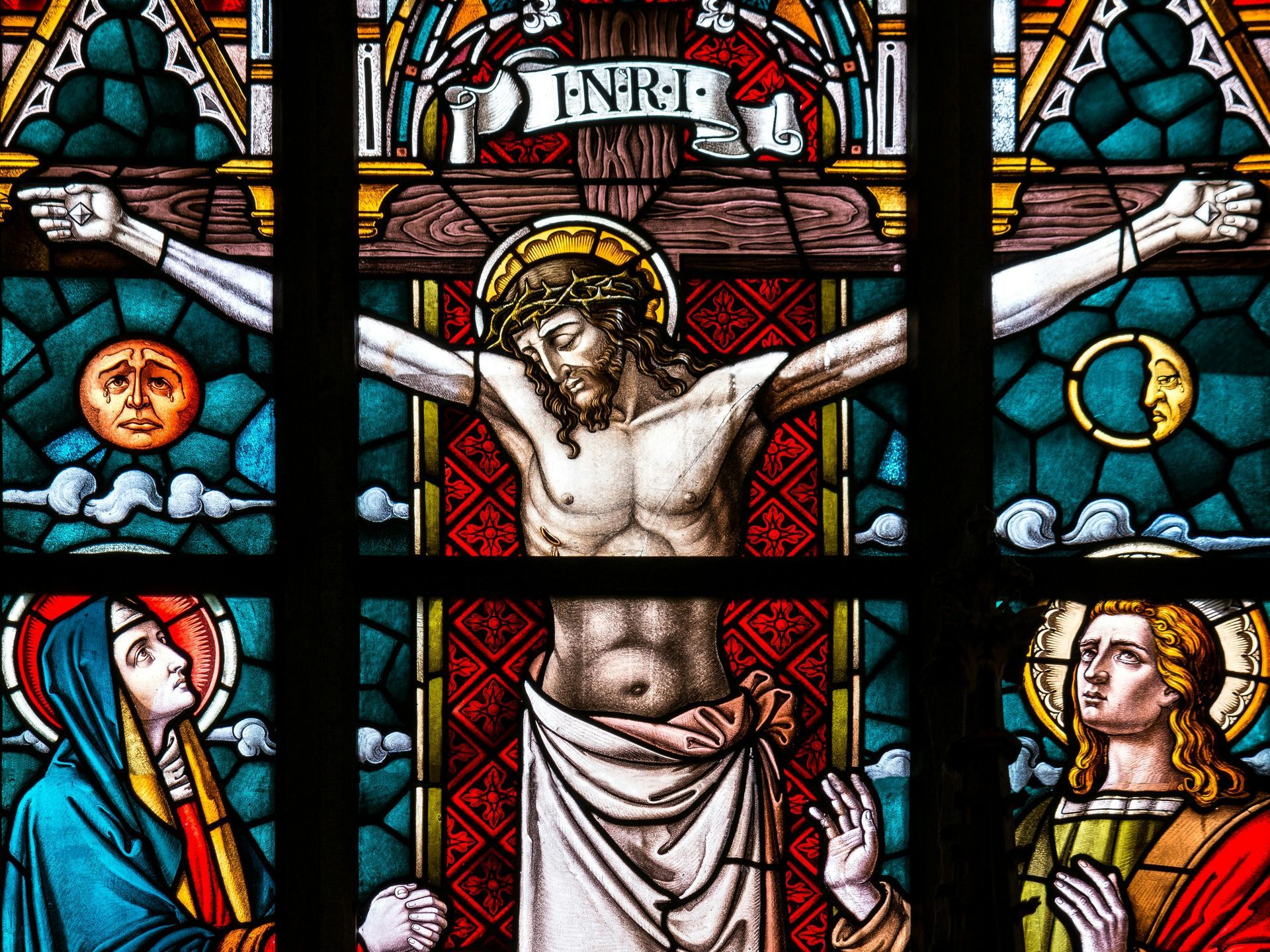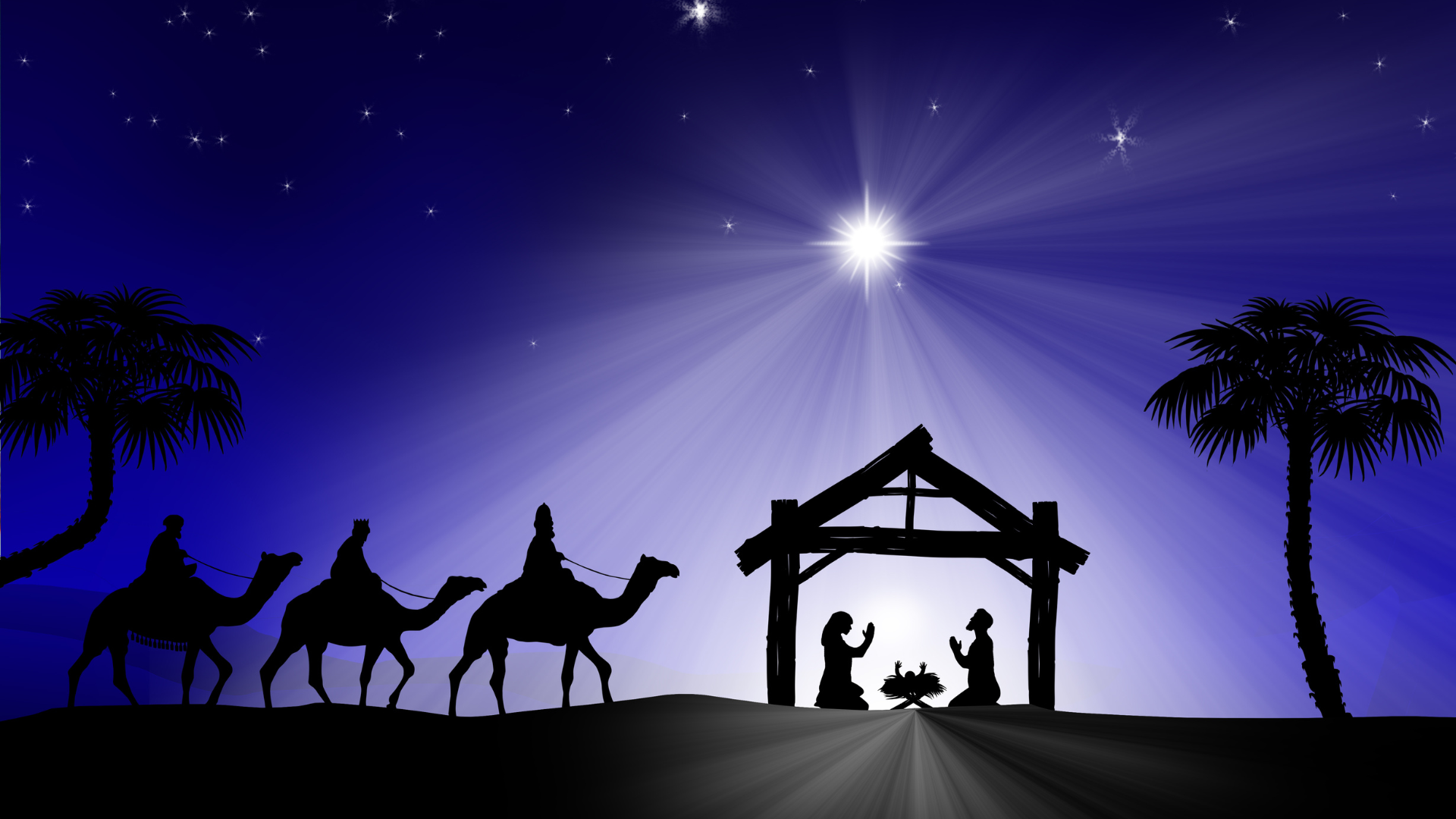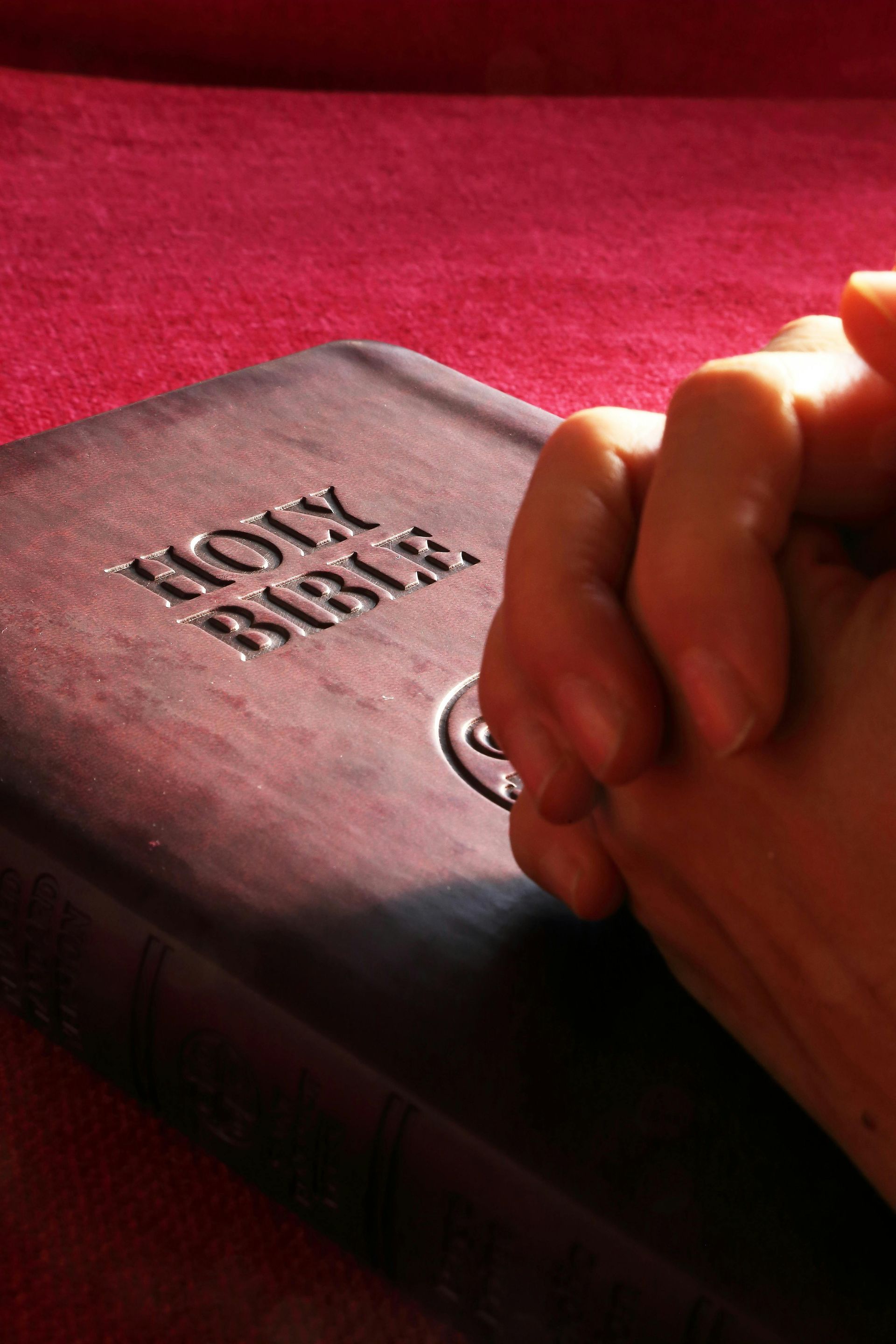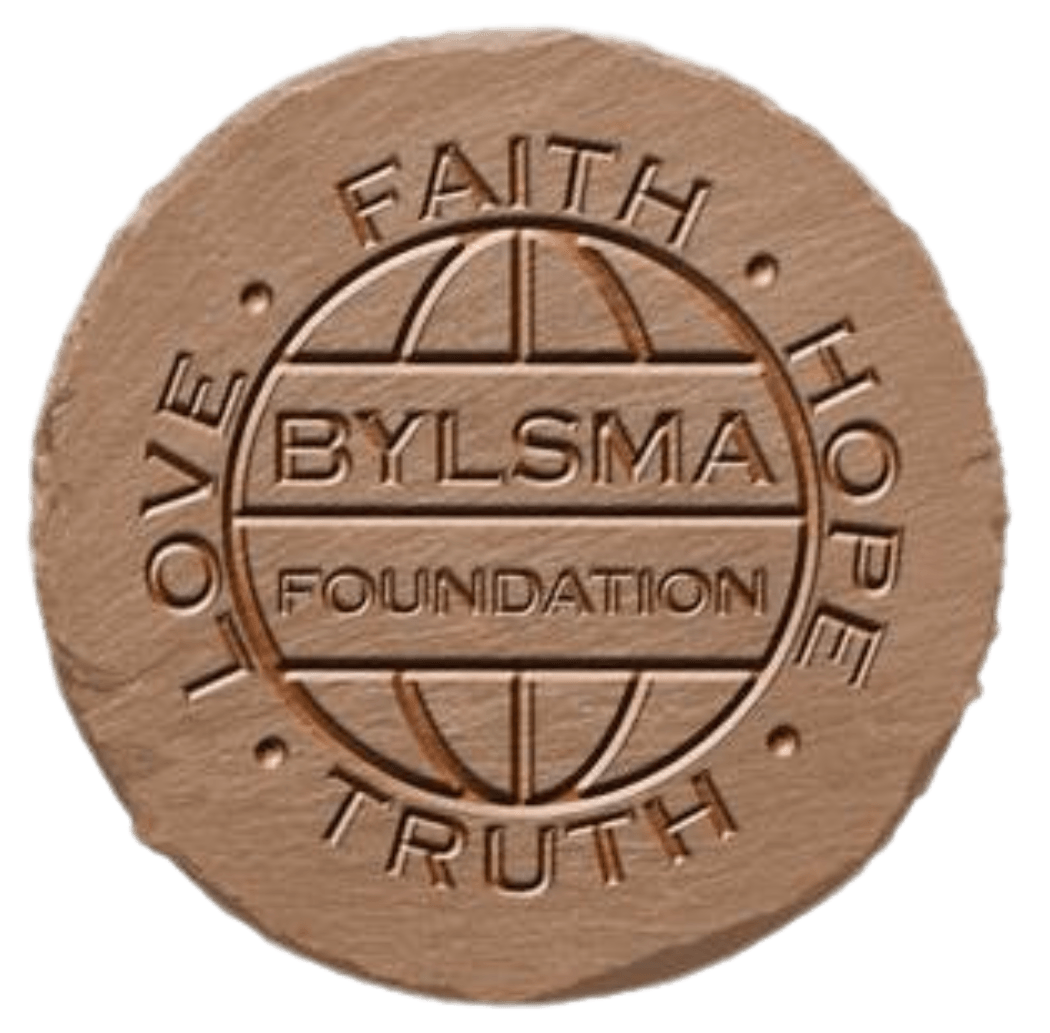Bylsma’s Bible Blogs
#8 Epilogue To The Short Bible

Revelation is the last book of the Bible and was written by John around AD 95. The Christian movement grew rapidly throughout the Roman Empire for several centuries thanks in part to the 200 years of peace in the empire (Pax Romana) and an excellent road system. These made it easier for people to travel safely over long distances. The Jews were scattered throughout the empire after Jerusalem was destroyed in AD 70, and they brought with them an understanding of the God of Abraham, the history of the Israelites, and all the prophets. This made the messages of those spreading news about Jesus and the implications of his teachings more understandable.
Even though Christianity was an illegal religion and many believers were killed throughout the empire, according to Tertullian’s Apology written in about AD 200, Christians “filled the cities, islands, fortresses, towns, marketplaces, the army itself, tribes, companies, the Imperial Palace, the Senate, the Forum” (in other words, Christians were found everywhere). The disciple Thomas is said to have taken the good news about Jesus all the way to India.
The spread of Christianity was influenced in part by the promises of life after death to believers and by the predicted downfall of the Roman Empire. Justin Martyr tried to convince the Roman authorities that Christians were good citizens, even though they would not worship the Roman gods, but he was beheaded with some of his disciples in AD 165. Other Christian leaders were persecuted and killed in spectacular and gruesome fashion. Because of the strong persecution against the Christians, most believers at the time thought they were in the midst of the tribulation. Other apocalyptic writings at the time provided further hope and evidence that the end of the world was coming soon. The Roman Empire eventually stopped persecuting Christians in AD 313 during Constantine’s rule. More than 1,700 years later, Christians are still persecuted and ostracized in some parts of the world.
In 1517, a monk in Germany named Martin Luther raised concerns about the theology of the Roman Catholic Church and how the church operated. His protests led to the Protestant movement, during which major religious scholars started new forms of the church. Since that time, many other protesting groups (“Protestant denominations”) have formed mainly on the basis of their different theological and organizational views. The institutional power of the church was reduced as each believer’s interpretation of the scriptures became more the norm. If people did not agree with what was being taught or anything else that was happening in the church, they merely left and went elsewhere or stopped being part of any church. Meanwhile, the Catholic Church is led by one person (the Pope) and has stayed intact and integrated while it continues to evolve over time despite the internal differences among its leaders and attendees.
In the past 200 years, there has been increased interest by some groups of Christians to spread the gospel throughout the world (a process known as evangelism), sometimes as they provide needed services to others, such as education, health care, and economic development. Jesus’s final words on earth commanded believers to “make disciples of all the nations” (the “Great Commission” found in Matthew 28:19–20). The word nation applies to ethnic groups, not political entities, and this command motived many to find ethnic groups in the world who have not yet heard the messages of Jesus and to communicate these messages to their people in terms that are appropriate for their culture.
In the early 1800s, a tall and charismatic Protestant preacher named Charles Finney help start a revival movement to get people to return to the church and to convert people to Christianity. He used psychological principles and new emotion-laden methods, including altar calls and tent meetings, to increase the number of converts. A new metric for defining a successful Christian and church became the number of people who made a decision to follow Jesus.
In the past 150 years, Protestant churches in the United States have differed significantly in their approach to various social issues, such as slavery and racial relations, and theological issues, such as the accuracy and interpretation of the scriptures and the relative importance of one’s faith versus action for social concerns. These differences have led to many divisions within the larger church. The label Christian now means many different things.
Those who call themselves Christian represent about 30% of the world’s population, and Christianity is the world’s largest religious group. About half of the 2.4 billion Christians are Catholic, and most are found in Africa, Asia, and Latin America. Muslims represent the second largest religious group (about 25% of the world population), and Islam has the fastest growth rate among of the world’s major religions.
Bylsma’s Bible Blogs











